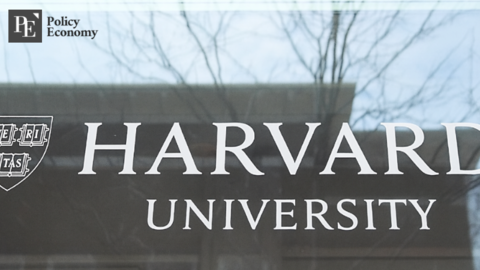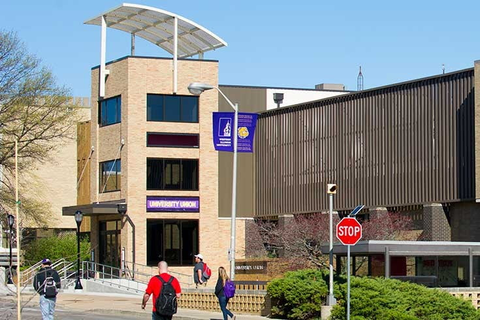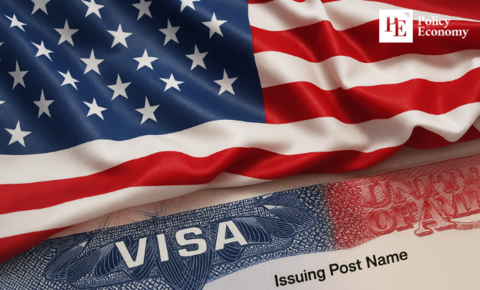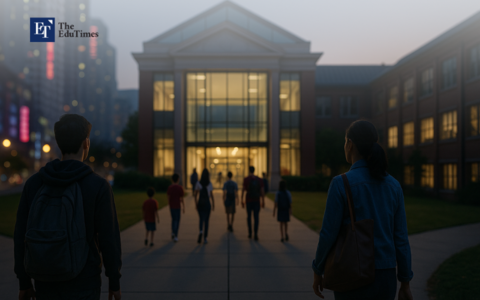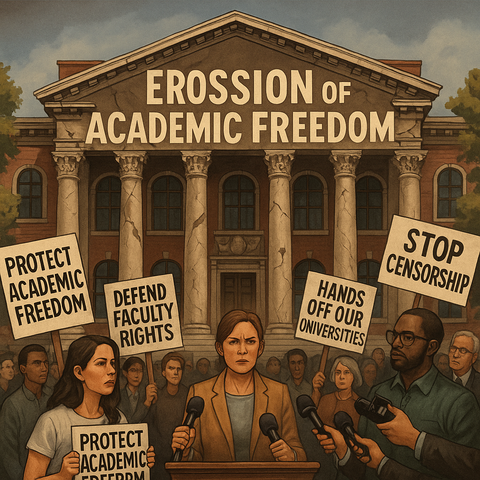Coding the Future: China’s Open-Source AI Revolution in Higher Education
Input
Modified
The Business-Driven Push for AI Adoption in Universities Government Support for University-Enterprise Collaboration Concerns Over Open-Source AI and Its Sustainability
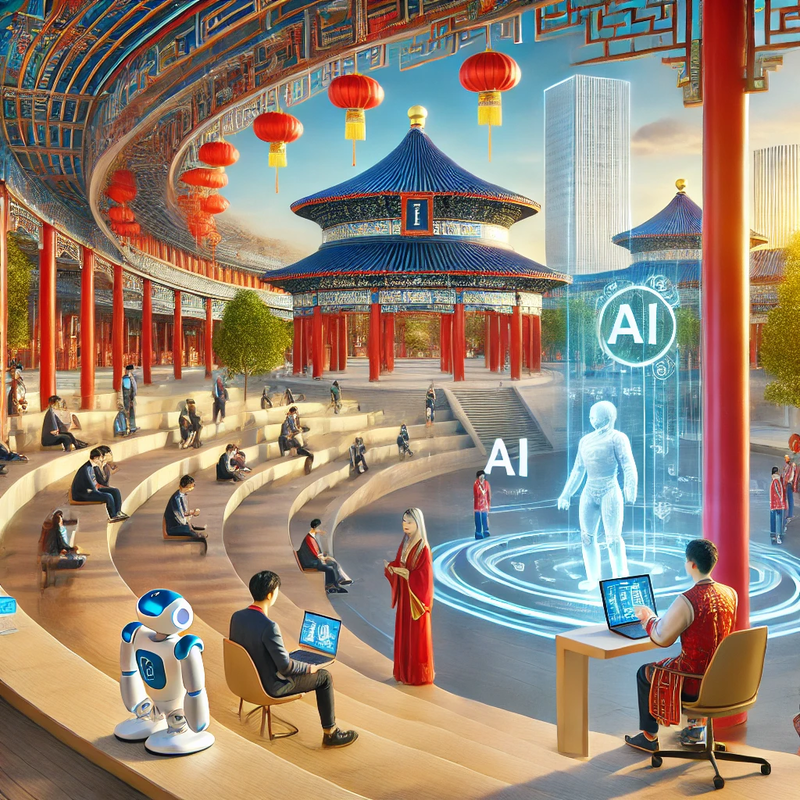
The Business-Driven Push for AI Adoption in Universities
In the world of technological advancement, few fields have grown as rapidly as artificial intelligence (AI). China, a global leader in AI research and development, is accelerating its adoption of open-source AI technologies within its educational institutions. Universities, once primarily focused on traditional education methods, are now stepping up their efforts to integrate AI into curricula and research. This shift is not just a matter of keeping pace with global advancements; it's a strategic move to ensure that the next generation of workers is prepared for an AI-driven future. As the U.S. and other countries struggle to keep up, China is poised to dominate in terms of a workforce highly trained in AI applications, potentially reshaping the future of the global labor market.
In many ways, China’s adoption of open-source AI in its universities is a reflection of a broader trend seen in businesses across the world: companies are rapidly adopting AI, and educational institutions are following suit to ensure that students are equipped with the skills needed for the future. The government's role in accelerating these changes—especially in fostering cooperation between universities and enterprises—has been critical in helping to bridge the gap between academia and industry. However, there are concerns about the sustainability of this push, particularly when it comes to open-source AI and its potential limitations. In this article, we will explore China’s aggressive push to adopt AI in education, the role of government in fostering university-business collaborations, and the potential pitfalls that could arise from this rapid adoption.
One of the main reasons for China’s swift integration of AI into its universities is the sheer speed with which businesses are adopting AI technologies. AI is no longer just an academic pursuit or a tool for large-scale research projects; it has become a critical part of business operations across industries. Startups, major corporations, and tech giants are all racing to incorporate AI into their systems, whether it's through automating processes, improving data analysis, or enhancing customer experience.
For educational institutions, the reality is that universities must adapt to this new environment. As businesses embrace AI, the demand for graduates who are skilled in the field grows exponentially. If universities fail to keep up with the changes occurring in the workforce, they risk producing graduates who are ill-prepared for the future job market. This is why China is aggressively pushing for AI adoption at its universities. By making AI a central part of their curriculum and research efforts, Chinese universities are positioning themselves as training grounds for the next generation of AI professionals. The emphasis on open-source AI tools in education ensures that these technologies are accessible to all students, fostering a more inclusive environment where even smaller universities or students from less wealthy backgrounds can get hands-on experience with cutting-edge AI tools.
The rapid development of AI in the business sector has created a unique situation for educational institutions: they must react quickly to keep up with industry demands. The speed at which businesses are adopting AI means that universities must accelerate their AI curriculum development, offering courses and programs that provide students with the technical expertise needed to succeed. In China, the government is not just supporting these efforts passively but actively pushing for the integration of AI technologies within universities, ensuring that students are well-equipped for an AI-driven workforce.
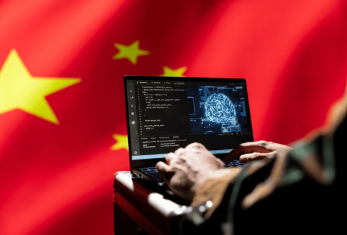
Government Support for University-Enterprise Collaboration
A key component of China’s strategy for AI adoption in education is its emphasis on fostering closer ties between universities and enterprises. The government has recognized that universities alone cannot meet the growing demand for AI talent. To bridge the gap, China has been encouraging collaborations between academic institutions and tech companies. This collaboration is seen as essential for accelerating the development of AI talent, ensuring that students not only receive theoretical knowledge but also gain practical experience in real-world AI applications.
University-enterprise collaboration has already been a hallmark of China’s industrial policy in other fields, and now it is being applied to AI. The government has provided support in various forms, including funding, policy incentives, and infrastructure, to ensure that universities and tech companies can work together effectively. These collaborations are a win-win situation: universities gain access to the latest technologies and industry insights, while businesses get a pipeline of trained talent ready to enter the workforce.
By fostering these partnerships, China aims to ensure that its workforce remains competitive in the global AI race. The goal is not only to produce highly skilled professionals who can work in AI-focused companies but also to ensure that AI is integrated across all sectors of the economy. With businesses already adopting AI at a rapid pace, it is clear that collaboration between universities and enterprises is the most effective way to ensure that China’s workforce remains prepared for the AI revolution.
However, while the push for university-enterprise collaborations has been largely successful so far, challenges remain. There is a need for more extensive and diverse collaborations, particularly with smaller businesses and startups, which may not have the same resources or access to cutting-edge AI technologies as larger corporations. Still, the current momentum in China suggests that university-enterprise partnerships will continue to grow, benefiting both the academic and business sectors.
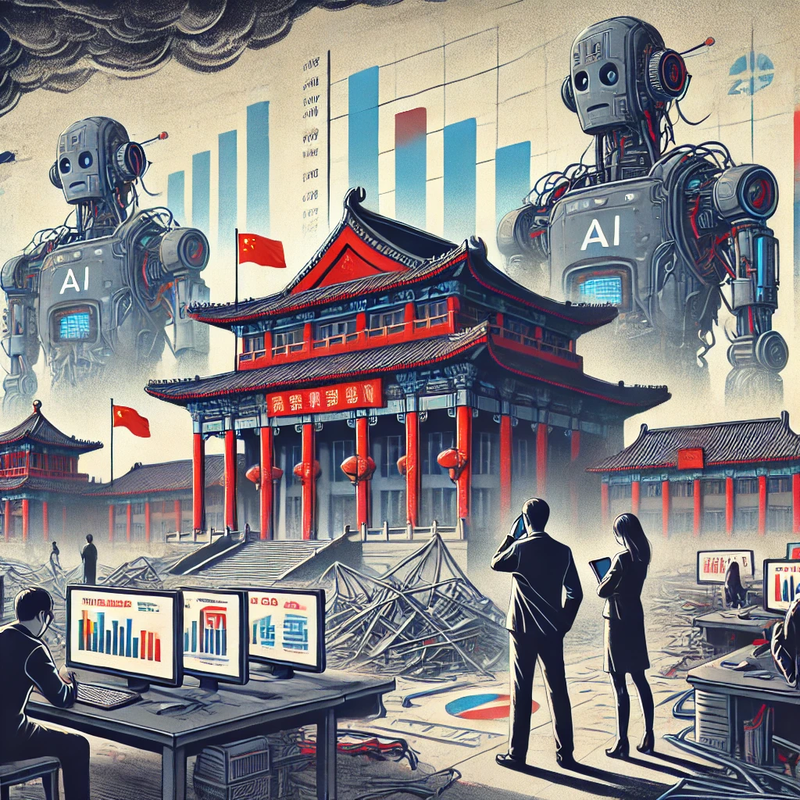
Concerns Over Open-Source AI and Its Sustainability
Despite the rapid adoption of open-source AI technologies in Chinese universities, there are growing concerns about the long-term sustainability of this push. While open-source AI tools have the advantage of being widely accessible and cost-effective, they also come with significant limitations. For one, open-source AI frameworks are often less optimized than proprietary solutions, and they may lack the advanced capabilities needed for cutting-edge AI research or real-world business applications. In addition, there are concerns about the potential risks of relying too heavily on open-source tools, such as security vulnerabilities and the lack of formal support channels.
Moreover, the fast pace at which China is adopting AI in education may lead to issues surrounding the adequacy of training and resources available to both students and faculty. Universities may face difficulties in keeping up with the rapid advancements in AI, leading to outdated or inadequate curricula. This could undermine the very goals of AI integration if students are not trained on the most current technologies and methodologies.
Furthermore, the Chinese government's strong support for open-source AI could also be a double-edged sword. While promoting open-source software can democratize access to AI, it may inadvertently stifle innovation by focusing too much on pre-existing tools and frameworks. If Chinese universities and companies rely solely on open-source AI, they may miss out on the opportunities presented by proprietary systems or fail to develop their own homegrown AI solutions, which are critical for long-term competitiveness.
There is also the concern that the rapid push for AI adoption in universities could lead to a “race to the bottom” where the quality of education suffers in the rush to produce AI graduates. As universities try to keep pace with industry demands, there may be a temptation to focus too heavily on the technical aspects of AI, neglecting the ethical, social, and philosophical implications of AI technology. AI is not just about coding and algorithms; it is also about understanding its impact on society, privacy, and human rights. Universities must strike a balance between preparing students for the technical challenges of AI and teaching them to navigate its broader societal implications.
China’s rapid push to integrate open-source AI into its universities reflects the nation’s determination to stay at the forefront of technological innovation. By encouraging collaboration between universities and businesses, and by adopting open-source AI tools, China is positioning itself to create a workforce that is well-equipped for the demands of the future economy. However, as with any rapid technological shift, there are risks involved. The sustainability of this AI adoption strategy depends on how well universities can adapt to the ever-evolving AI landscape and address the limitations of open-source tools. The growing emphasis on AI in education is a sign that China recognizes the importance of preparing its workforce for the challenges of tomorrow, but only time will tell whether these efforts can be sustained and whether they will ultimately pay off in the form of a highly skilled, globally competitive workforce.



